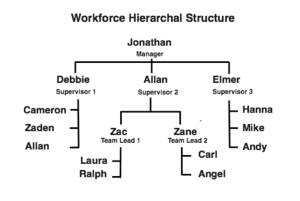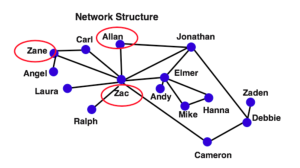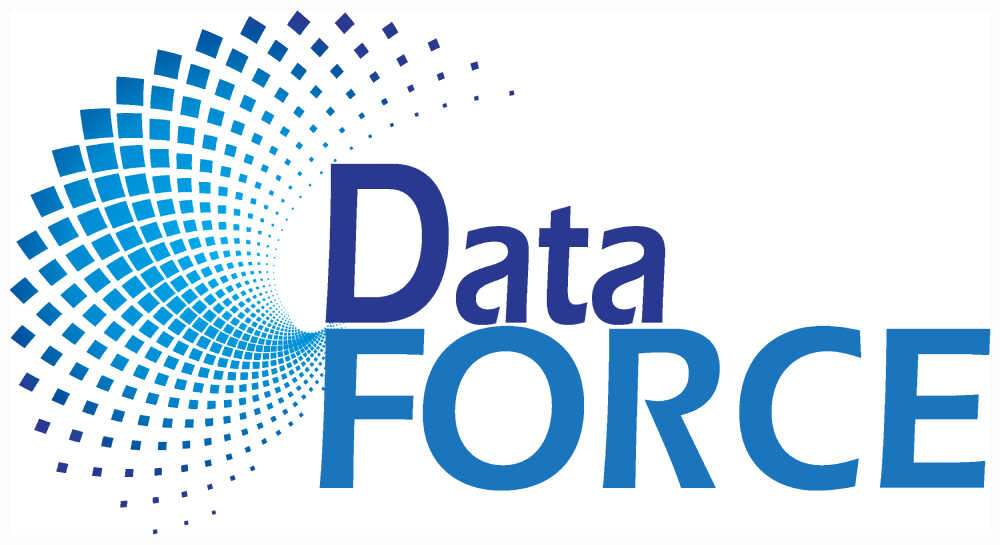
Looking for a means to evaluate employee collaboration in the workplace? Organizational Network Analysis (ONA) is a tool to help understand the interaction of people in an organization by mapping workforce communication patterns into a diagram. The diagram illustrates the flow of communication. In doing so, one can trace how people share information, make decisions, solve problems, and accomplish tasks. In this blog, we’ll discuss ONA and its benefit to your organization.
Below shows the difference between a Workforce Hierarchal Structure and a Network Structure:


In the traditional hierarchal structure, you would think that Zac and Zane are channels for the same amount of work within the hierarchy, when in fact Zac acts as center point for most individuals in the organization. Meanwhile, their supervisor Allan whose role is to motivate and lead their department is hardly connected and seems to be under-utilized. The Organization Network Structure identifies high performers such as Zac. Because of this tool, Zac can receive proper recognition for his exemplary performance, not to mention, get the support he needs from the organization to avoid burn-out from work.

ONA can provide a deep insight into the workings of an organization. It illuminates the invisible patterns of important information flow and collaboration. Below are some of the Benefits of utilizing ONA in the workplace:
- Enhance the efficiency of communication in the organization
- Quicken project implementation
- Find the right people for promotion
- Determine how the organization actually operates
- Improve sharing of ideas and information throughout the organization
- Discover the risks and liabilities of the organization
- Identify rising stars, hidden experts, and high performers
- Reveal under-utilized employees
- Uncover power roles including which employees or managers have unbalanced influence
Data Collection for Organizational Network Analysis Options

Data collection for mapping organizational networks can either be Passive or Active. Passive data collection is accomplished through data monitoring such as tracking calls, meetings, and emails of the workforce, while active data collection is done through surveys, by directly asking the workforce who they communicate with within the company for information sharing, problem-solving, and support.
Two Common Survey Design Types for ONA Data Collection

- Frequency Rating – This type is recommended for small companies or business units. In a frequency rating design, respondents are asked to rate how frequently they connect with each individual on a particular list, regarding a specified reason.
- Open-ended – This type is recommended for larger groups. Respondents list the names of 5-10 workers they contact most frequently, and rate frequency for each of the causes for connecting on a Likert scale

Samples of organizational network analysis survey questions:
- Who do you normally ask for help in solving a work problem?
- Who influences you in making important work decisions?
- Who do you feel has supported your career growth?
- Who do you turn to for advice on a new idea or concept?
- With whom do you share work information?
If you’re looking to measure how people in your organization complete activities, make decisions, create innovation, solve problems, and other similar aspects of business, ONA is undoubtedly a valuable and indispensable tool.
For more information on data collection and survey management in general, contact DataForce!
